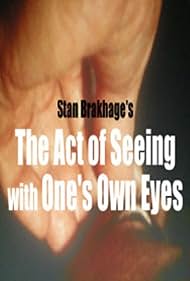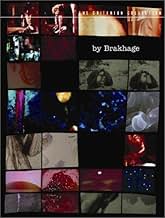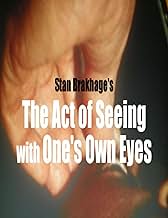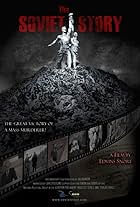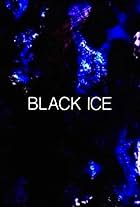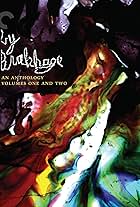IMDb RATING
6.9/10
1.7K
YOUR RATING
At a morgue, forensic pathologists conduct autopsies of the corpses assigned.At a morgue, forensic pathologists conduct autopsies of the corpses assigned.At a morgue, forensic pathologists conduct autopsies of the corpses assigned.
- Director
Photos
Storyline
Did you know
- TriviaIn order to obtain entry to the morgue, Stan Brakhage had to agree that he would not show any of the faces of the deceased. Also, the film had to be approved by all the medical examiners who were captured on film.
- ConnectionsFeatured in By Brakhage: An Anthology, Volume One (2003)
Featured review
Perhaps I'm misattributing my own scientific, atheistic tendencies, but I've found that many of Stan Brakhage's early films seem to argue for Man as an animal, an organic vessel with primitive urges. 'Window Water Baby Moving (1959)' documented the act of parturition in unflinching detail, depicting childbirth, not as the "miracle" suggested in more romantic sources, but as a perfectly natural, albeit remarkable, mammalian event. 'Thigh Line Lyre Triangular (1961)' did something similar, but this time clouded by the subjectivity of human perception. 'Mothlight (1963)' likened humans to moths, attracted to the flickering lights of a cinema screen as an insect is to a lightbulb. No film achieves this aim more effectively than the blunt, cheerless silence of 'The Act of Seeing With One's Own Eyes (1971).'
The film's title is a literal translation of the Greek word from which "autopsy" is derived. The 32-minute film was photographed at the Allegheny Coroner's Office in Pittsburgh, and documents the routine dissection of cadavers. This isn't for the faint-hearted. Brakhage often zooms in for shaky, unclear close- ups of the patients' bodily organs, removing the viewer's customary frame of reference, and leaving abstract images that are unsettlingly disconnected from our everyday experience. Skin is peeled back from the anonymous faces, organs are removed. The camera occasionally lingers on the patients' genitalia. In life, these were organs of sexual attraction, upon which so much importance was placed; now we see that they are merely insignificant pieces of flesh. Only death, it seems, can bring such things into perspective.
As a zoology student, I've dissected frogs, pigeons, rats. The internal layout of a rat isn't all that different from that of a human (except, most noticeably, for the testicond gonads). At the end of the autopsy procedure, we are left with an empty vessel. Everything that makes us human – emotion, intelligence, culture – is regulated by the brain, and, once that dies, we're just another conglomeration of organic molecules. Indeed, were we ever anything else? 'The Act of Seeing With One's Own Eyes' was not an easy nor enjoyable film to watch, but it did force me to see the true state of the human condition: that we're animals, nothing more, and that ultimately we're all destined for the operating table.
The film's title is a literal translation of the Greek word from which "autopsy" is derived. The 32-minute film was photographed at the Allegheny Coroner's Office in Pittsburgh, and documents the routine dissection of cadavers. This isn't for the faint-hearted. Brakhage often zooms in for shaky, unclear close- ups of the patients' bodily organs, removing the viewer's customary frame of reference, and leaving abstract images that are unsettlingly disconnected from our everyday experience. Skin is peeled back from the anonymous faces, organs are removed. The camera occasionally lingers on the patients' genitalia. In life, these were organs of sexual attraction, upon which so much importance was placed; now we see that they are merely insignificant pieces of flesh. Only death, it seems, can bring such things into perspective.
As a zoology student, I've dissected frogs, pigeons, rats. The internal layout of a rat isn't all that different from that of a human (except, most noticeably, for the testicond gonads). At the end of the autopsy procedure, we are left with an empty vessel. Everything that makes us human – emotion, intelligence, culture – is regulated by the brain, and, once that dies, we're just another conglomeration of organic molecules. Indeed, were we ever anything else? 'The Act of Seeing With One's Own Eyes' was not an easy nor enjoyable film to watch, but it did force me to see the true state of the human condition: that we're animals, nothing more, and that ultimately we're all destined for the operating table.
Details
- Country of origin
- Language
- Also known as
- Наблюдение собственными глазами
- Filming locations
- See more company credits at IMDbPro
Contribute to this page
Suggest an edit or add missing content
